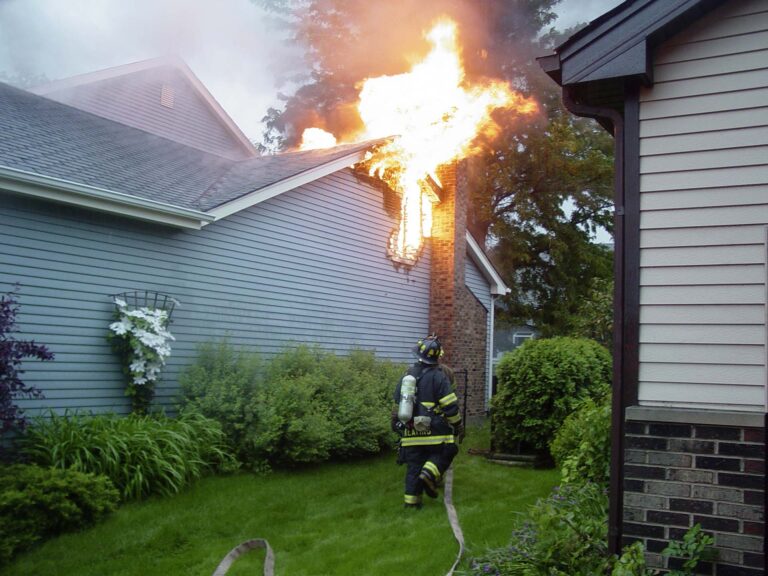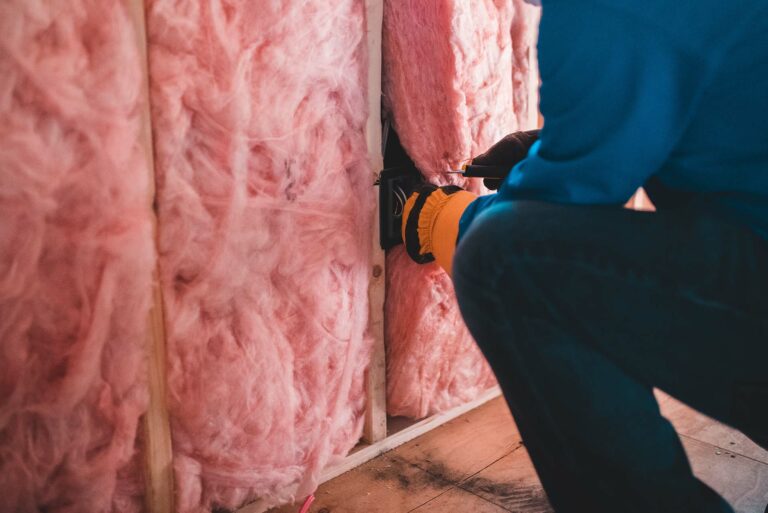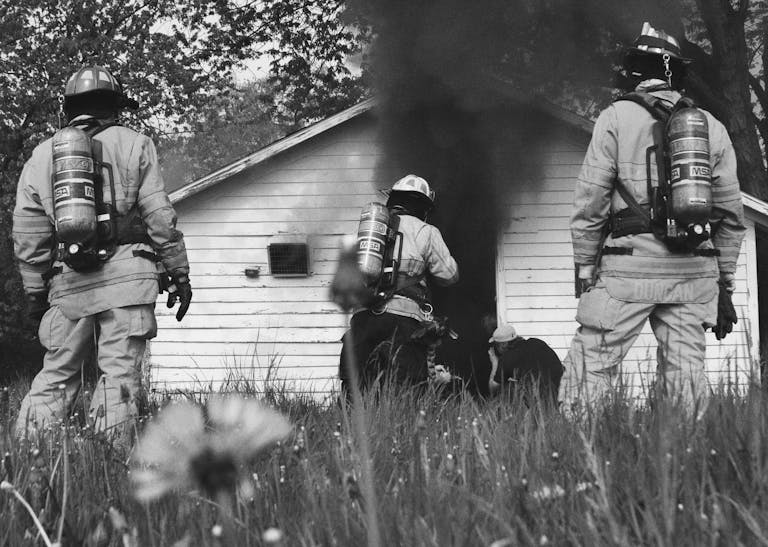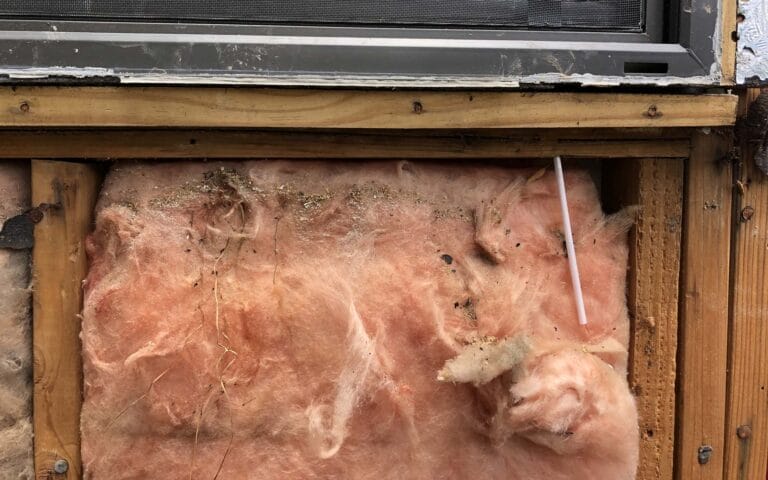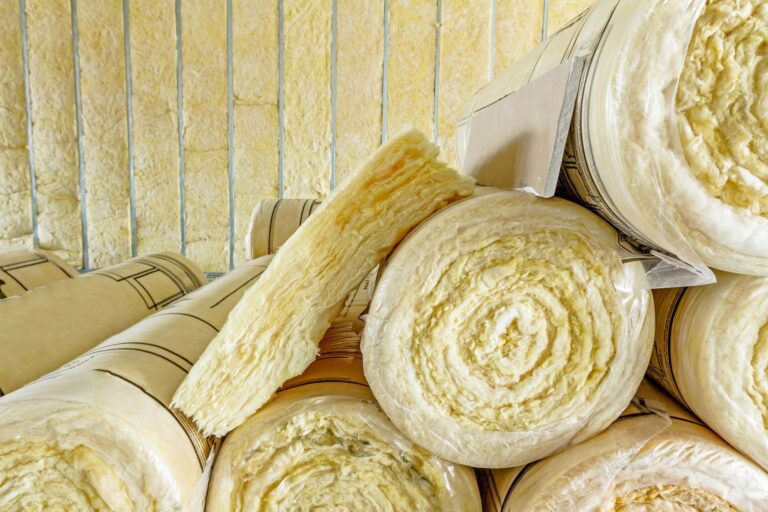
Green building practices have gained significant momentum in recent years as the world recognizes the importance of sustainable construction methods. In Texas, a state known for its scorching summers and fluctuating climate, implementing effective insulation strategies is crucial to minimize energy consumption, reduce carbon emissions, and enhance indoor comfort. This article explores various green building strategies with insulation in Texas, focusing on innovative techniques and materials that promote energy efficiency, environmental sustainability, and cost-effectiveness.
Understanding the Climate:
Texas experiences a wide range of climatic conditions, from hot and humid summers to cold and windy winters. Therefore, it is essential to tailor insulation strategies to suit the specific climate zones within the state. Different regions may require distinct approaches to optimize energy performance and occupant comfort. Conducting a thorough climate analysis and understanding the unique characteristics of each region can guide the selection of insulation materials and installation techniques.
High-Quality Insulation Materials:
Choosing the right insulation materials is fundamental to achieving energy-efficient and sustainable buildings. In Texas, where heat gain is a major concern, it is crucial to select insulation materials with high thermal resistance, also known as R-value. Materials such as fiberglass batts, cellulose, and spray foam insulation offer excellent thermal insulation properties and help reduce the energy demands of HVAC systems.
For walls and attics, blown-in cellulose insulation, derived from recycled paper products, is an eco-friendly option. It provides effective thermal insulation, minimizes air infiltration, and acts as a sound barrier. Moreover, natural materials like sheep’s wool and cotton insulation offer renewable and biodegradable alternatives, contributing to a greener building envelope.
Air Sealing and Vapor Barriers:
To enhance the efficiency of insulation, proper air sealing techniques should be implemented. Sealing gaps, cracks, and joints prevents unwanted air infiltration, reducing energy losses and enhancing indoor air quality. Techniques such as caulking, weatherstripping, and using air barriers effectively contribute to a tightly sealed building envelope.
Vapor barriers are another essential component of insulation systems in Texas. Given the state’s high humidity levels, vapor barriers prevent moisture from infiltrating the building envelope, which can lead to mold growth, structural damage, and reduced insulation performance. However, it is important to strike a balance between preventing moisture infiltration and allowing for proper ventilation to avoid trapped moisture within the building envelope.
Cool Roofing:
In hot climates like Texas, roofs are exposed to intense solar radiation, leading to increased cooling demands. Implementing cool roofing techniques can significantly reduce the cooling load and enhance energy efficiency. Cool roofs reflect a higher percentage of solar radiation and absorb less heat compared to traditional dark-colored roofs. By using reflective coatings or lighter-colored materials, cool roofs minimize heat transfer to the building interior, reducing the reliance on air conditioning systems.
Passive Design Strategies:
Integrating passive design strategies in conjunction with insulation practices can further optimize energy performance and indoor comfort. Orientation, shading, and natural ventilation are key considerations for reducing cooling needs in Texas. Properly positioned windows and shading devices can minimize solar heat gain, while strategic placement of insulation can improve thermal comfort. Ventilation design should take advantage of prevailing winds and incorporate natural airflow to reduce reliance on mechanical cooling systems.
Energy-Efficient Windows and Glazing:
Windows are significant contributors to heat gain and loss in buildings. By installing energy-efficient windows and glazing systems, buildings can minimize heat transfer while maximizing natural light. Low-emissivity (low-E) coatings, double or triple glazing, and insulated window frames can significantly improve thermal performance, reducing energy consumption and enhancing occupant comfort.
Building Codes and Certifications:
Adhering to building codes and certifications is essential for ensuring the implementation of effective insulation strategies. In Texas, building codes such as the International Energy Conservation Code (IECC) set minimum energy efficiency standards for new construction and renovations. Additionally, green building certifications like LEED (Leadership in Energy and Environmental Design) provide comprehensive guidelines for sustainable building practices, including insulation requirements, performance benchmarks, and verification processes.
The combination of extreme climate conditions and a growing emphasis on sustainability necessitates the adoption of effective green building strategies with insulation. By implementing high-quality insulation materials, air sealing techniques, cool roofing, passive design strategies and energy-efficient windows, builders and homeowners can create energy-efficient, comfortable, and environmentally responsible buildings. Embracing these strategies not only reduces energy consumption and carbon emissions but also offers long-term cost savings and healthier living environments for Texans. Don’t hesitate to contact us to help you with the best insulation for your home.


